If you’ve ever been out in the wild, you know that nature can be both awe-inspiring and downright terrifying. Whether you’re hiking, camping, or just exploring, the unpredictability of the wild can quickly turn an adventure into a hair-raising experience. In this listicle, we’ve gathered stories from real-life adventurers who have faced their fears head-on in the great outdoors. These tales might give you a new perspective on what it means to be truly brave. So, buckle up and get ready for some spine-tingling tales that might just inspire your next adventure—or at least make you pack a little smarter.
1. Being Lost In The Desert
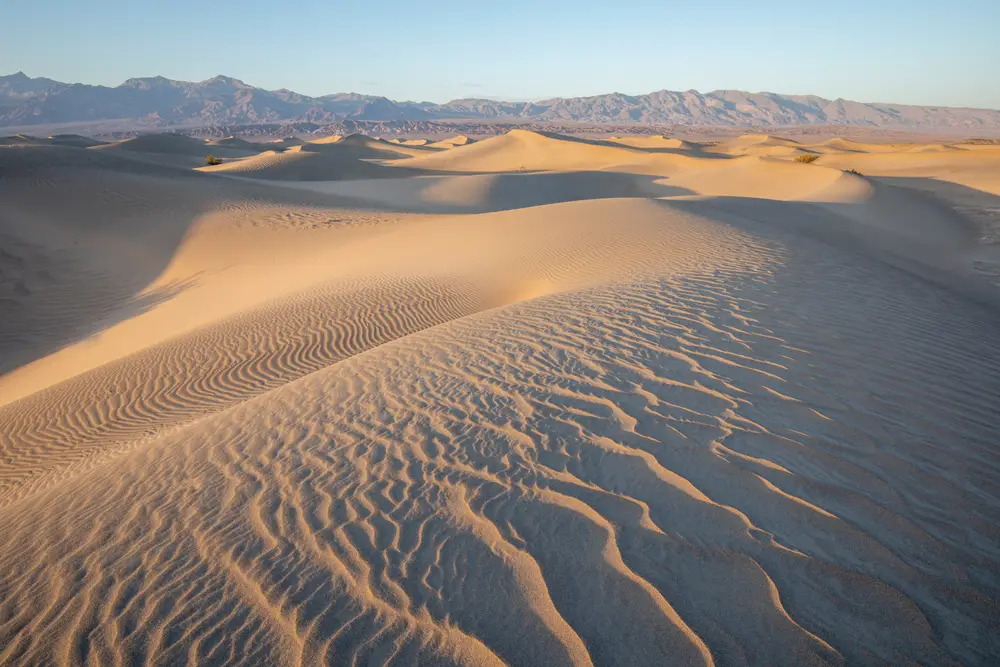
Imagine wandering through a sun-scorched desert, your water supply dwindling faster than you’d like. That’s exactly what happened to Sarah, an experienced hiker. She was leading a solo trek through the Mojave Desert when she lost her way after veering off the trail to explore a rock formation. With the sun beating down, Sarah quickly realized she was in trouble, her map useless in the endless sands. According to wilderness survival expert Bear Grylls, staying calm and conserving resources is crucial in such situations.
Sarah decided to follow Grylls’ advice, using the sun’s position to guide her back toward the main trail. Each step was a battle against fear and fatigue, but she managed to ration her limited water supply. Hours later, as the sun began to set, she finally stumbled back onto a recognizable path. The experience left her more cautious about venturing off-trail without a GPS device. Today, Sarah credits her survival to staying level-headed and using the skills she had learned from survival guides.
2. Being Stalked By A Mountain Lion

When you’re out in the wilderness, you might expect to encounter wildlife, but being stalked by a mountain lion is probably not on your list. This was the reality for Jake, who was backpacking in the Sierra Nevada mountains. He first noticed something was off when he felt the hairs on the back of his neck stand up as if he was being watched. Looking around, he caught a glimpse of a mountain lion in the distance, following him silently.
Jake didn’t panic, recalling advice to appear larger and make noise to deter predators. He picked up a branch and started talking loudly, walking slowly backward, keeping his eyes on the lion. Eventually, the big cat lost interest and slunk back into the trees. Jake was left with a newfound respect for the wild and the creatures that inhabit it. He now always carries a whistle and pepper spray, just in case he ends up on the menu again.
3. Being Surrounded By Wolves
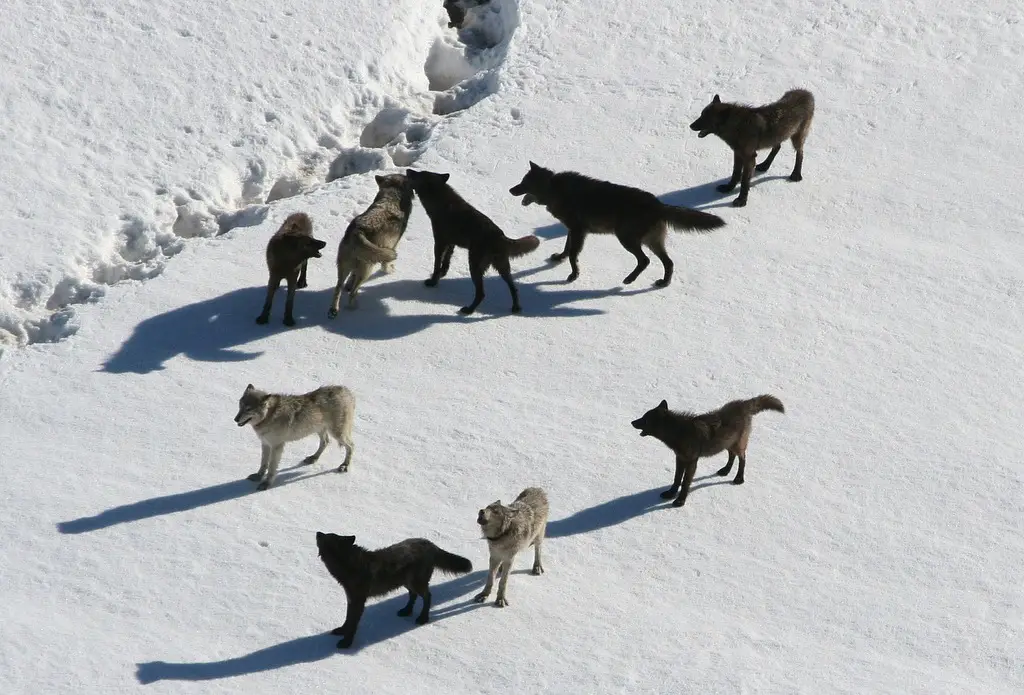
Picture this: you’re deep in the Alaskan wilderness, miles from civilization, and you find yourself surrounded by wolves. That’s what happened to Laura during a winter camping trip. She woke one night to eerie howling, and when she peeked outside her tent, she saw the eyes of several wolves reflecting back at her. According to Dr. Kent H. Redford, a conservation biologist, wolves are usually not aggressive toward humans, but Laura didn’t know that.
She stayed in her tent, making noise to signal she wasn’t easy prey. The wolves, curious but uninterested, eventually moved on, their howls fading into the night. Laura’s heart didn’t stop racing until morning when she could see that they had left no trace. The experience taught her the importance of understanding animal behavior and respecting their habitat. Now, she always checks for recent wildlife activity in the areas she plans to explore.
4. Being Trapped In An Avalanche
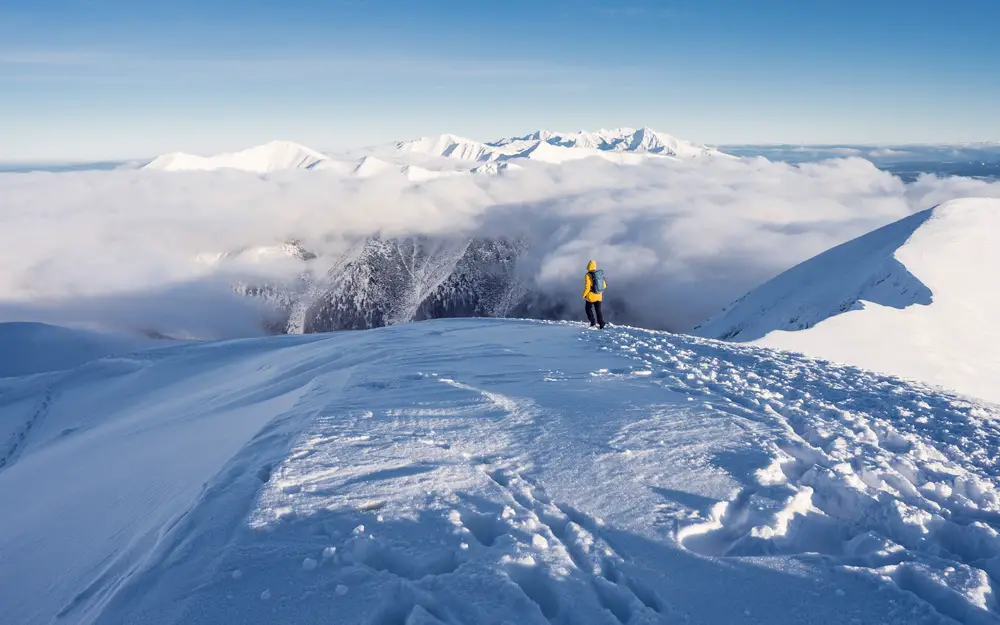
Skiing in the backcountry comes with its own set of risks, one of the biggest being avalanches. Tom was skiing with friends in the Rocky Mountains when they triggered a massive slide. Before he could react, he was engulfed in a wall of snow, tumbling and struggling to stay oriented. Trapped and unable to move, he remembered the survival technique of creating an air pocket to breathe.
He managed to form a small space in front of his face, which gave him some precious minutes. Meanwhile, his friends initiated a rescue using avalanche beacons. After what felt like an eternity, they dug him out, shaken but alive. This harrowing experience taught Tom the importance of never underestimating nature’s power. He now always checks avalanche forecasts and carries essential rescue gear.
5. Being Caught In A Flash Flood

It’s easy to underestimate how quickly weather conditions can change, especially when you’re in a canyon. Emily learned this the hard way during a trip to Zion National Park. What started as a peaceful hike quickly turned dangerous when a sudden rainstorm triggered a flash flood. According to the National Weather Service, flash floods are the leading cause of weather-related deaths in the U.S., emphasizing the need for caution.
Emily and her friends scrambled to higher ground, clinging to rocks as the water swept through the canyon. The floodwaters rose rapidly, turning the serene landscape into a raging torrent. Once the waters subsided, Emily realized how lucky they had been to escape unharmed. The experience has made her more vigilant about checking weather forecasts and understanding the terrain she’s exploring. She now shares her story to remind others of the importance of staying informed.
6. Encountering A Grizzly Bear
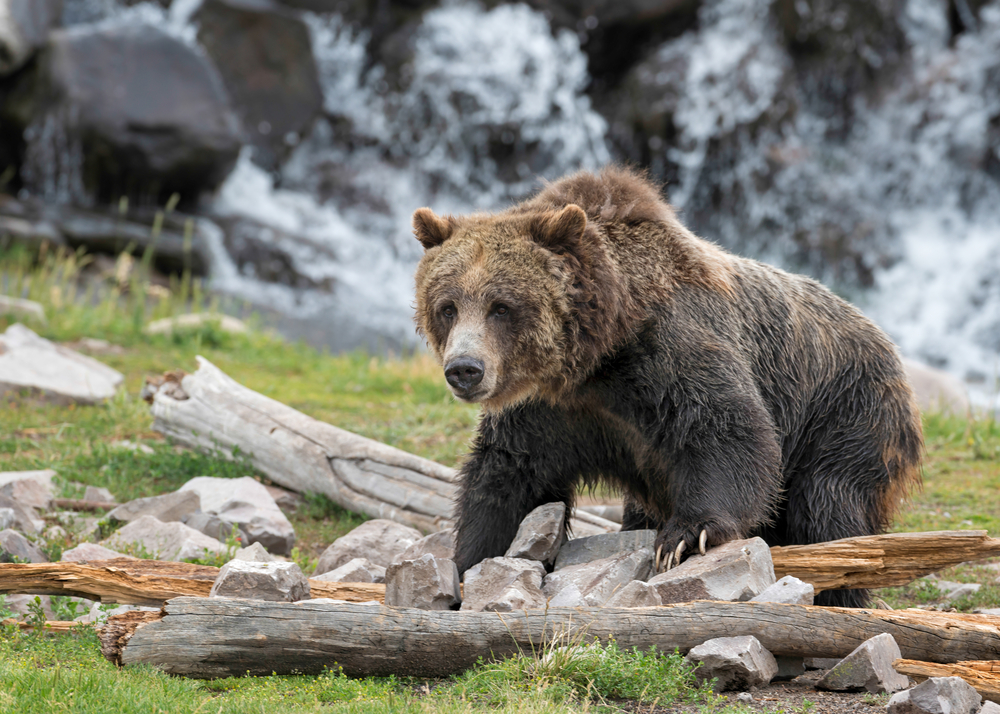
Facing a grizzly bear in the wild is a scenario no adventurer wants to find themselves in, but that’s exactly what happened to David during a hiking trip in Yellowstone. As he rounded a corner, there it was—massive and imposing. David’s heart raced as he remembered the advice to avoid eye contact and slowly back away. The bear, more curious than aggressive, watched him intently.
David kept his cool, talking softly to the bear while slowly retreating. After what felt like an eternity, the bear lost interest and wandered off into the woods. The encounter left David shaken but grateful for his quick thinking and preparation. He now always carries bear spray and makes noise on the trail to avoid surprising any wildlife. David’s story underscores the importance of being prepared for anything when venturing into bear country.
7. Capsizing In A Remote Lake
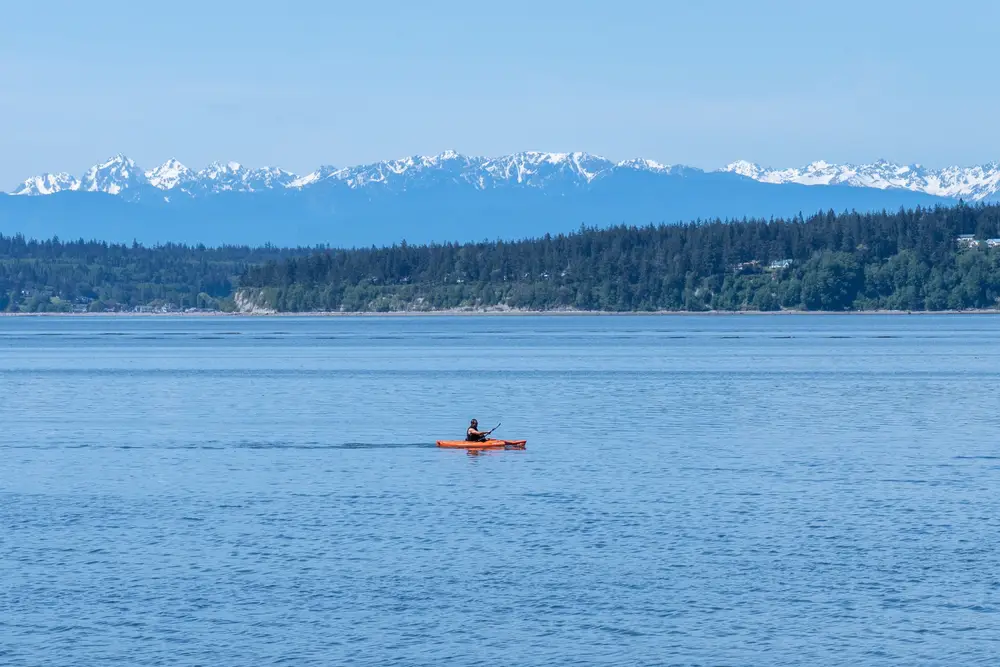
Kayaking in a remote lake can offer serene beauty, but it also comes with risks, as Lisa found out. She was paddling alone in a secluded part of Northern Canada when a sudden gust of wind flipped her kayak. Struggling in the frigid water, Lisa realized she was miles from help. According to outdoor safety instructor John Waters, staying with your kayak and signaling for help is crucial in such situations.
Lisa managed to cling to her kayak and used a whistle to attract attention. After what felt like endless hours, a passing boat spotted her and came to her rescue. The experience was a wake-up call about the dangers of solo adventures and the importance of safety gear. Lisa now always wears a life jacket and makes sure to paddle in more populated areas, sharing her story to emphasize the importance of preparedness.
8. Getting Lost In A Snowstorm
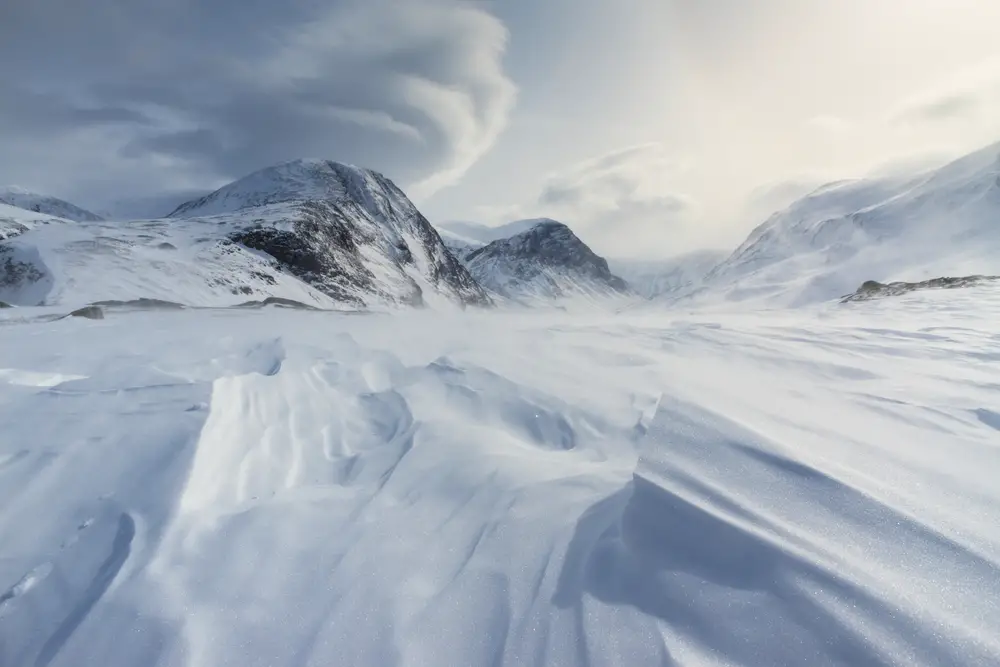
Few things are as disorienting as a snowstorm, especially when you’re hiking in the mountains. Mark was exploring the Appalachian Trail when a sudden blizzard swept in. Visibility dropped to nearly zero, and the trail markers were quickly buried under snow. With no signal for his phone GPS, Mark had to rely on his map and compass.
He stayed put, remembering the advice to avoid wandering in whiteout conditions. By building a makeshift shelter and rationing his supplies, he managed to wait out the storm. Hours later, the skies cleared, revealing the trail once more. Mark’s experience taught him the value of carrying old-school navigation tools and being prepared for unexpected weather. He now shares his story to remind others of the importance of respecting nature’s unpredictability.
9. Being Face-To-Face With A Crocodile
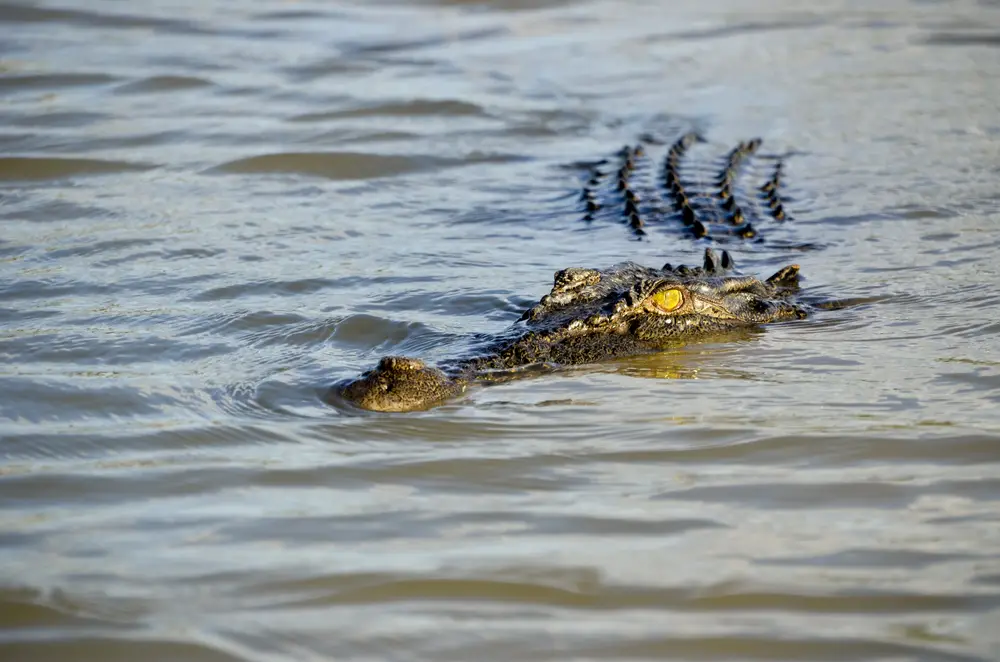
Swimming in river waters can be refreshing, but when you’re in crocodile country, it comes with its own set of rules. Chris was in Australia, taking a dip in what he thought was a safe spot. Suddenly, he found himself face-to-face with a crocodile eyeing him from not too far off. Panic surged through Chris, but he remembered to stay as calm as possible to avoid triggering the croc’s predatory instincts.
Slowly, he moved towards the shore, maintaining eye contact without making any sudden movements. Once safely on land, Chris felt the full weight of what could have been a disastrous encounter. He learned to respect local wildlife warnings and avoid swimming in rivers where crocodiles are common. Chris now always checks for signs and local advice before venturing into unknown waters, sharing his experience to help educate others.
10. Getting Stuck In A Quicksand Bog
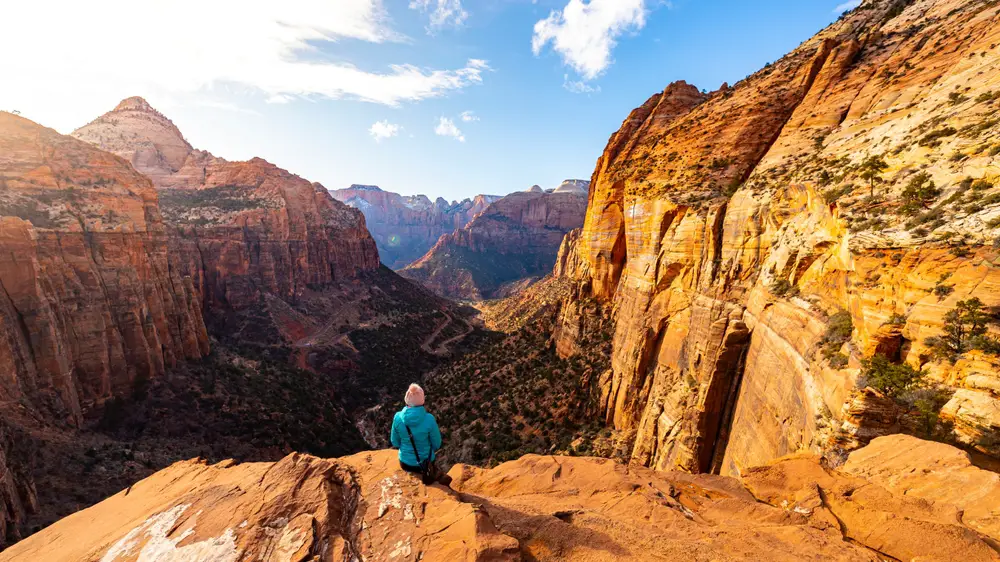
Quicksand is often portrayed as a dramatic threat in movies, but encountering it in real life is far less entertaining. Anna was hiking in a remote area of Utah when she stepped into what looked like ordinary sand, only to sink up to her waist. Panic set in as she struggled to free herself, but she remembered hearing that it’s best to move slowly and deliberately to avoid sinking further.
Using her backpack as leverage, Anna managed to wiggle and distribute her weight to gradually work her way free. Exhausted but relieved, she realized the importance of staying calm in unexpected situations. Her encounter with quicksand taught her to be more observant of her surroundings and to carry a hiking pole to test uncertain ground. Anna now advises fellow hikers to remain vigilant and prepared for the unexpected.
11. Getting Caught In A Thunderstorm On A Mountain
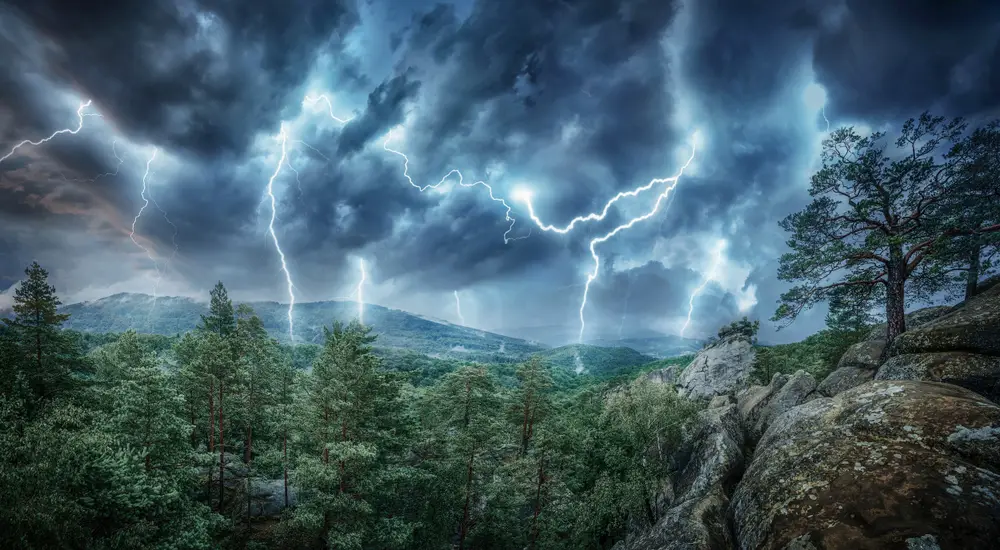
Mountain weather can change in an instant, and Rob found himself caught in a thunderstorm while climbing in the Rockies. The sky darkened and thunder rumbled ominously as he hurried to find shelter. With lightning striking alarmingly close, he knew he needed to descend quickly to avoid being a target. Rob recalled the advice to avoid ridges and seek lower ground.
He found a relatively safe spot to wait out the storm, using his backpack to shield himself from the worst of the rain. Hours later, the storm passed, leaving him cold but unscathed. The experience reminded Rob of the importance of checking weather forecasts before heading out and being prepared for fast-changing conditions. He now always carries a lightweight emergency bivy for unexpected situations like this.
12. Spending The Night In A Haunted Forest
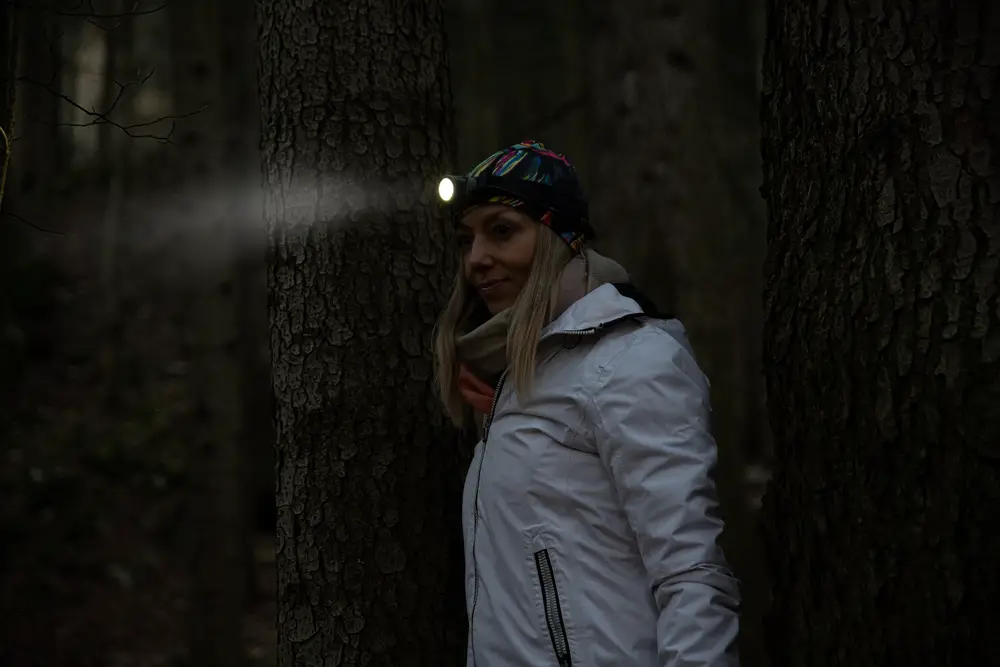
While some fears in the wild are based on real dangers, others are more about the stories we tell ourselves. Mia spent a night in a forest rumored to be haunted, and while she didn’t encounter any supernatural beings, the fear felt very real. Every creak of a branch and rustle of leaves set her heart racing as her imagination ran wild. At one point, she was convinced she saw a ghostly figure, only to realize it was just a trick of the moonlight.
Despite the fear, Mia managed to get through the night by focusing on rational explanations for the sounds she heard. By morning, her nerves were shot, but she was proud of facing her fears head-on. The experience taught her the power of the mind and the importance of staying grounded. She now approaches such experiences with a mix of curiosity and skepticism, knowing that sometimes the scariest monsters are the ones we create ourselves.
13. Surviving Nightfall Without A Flashlight
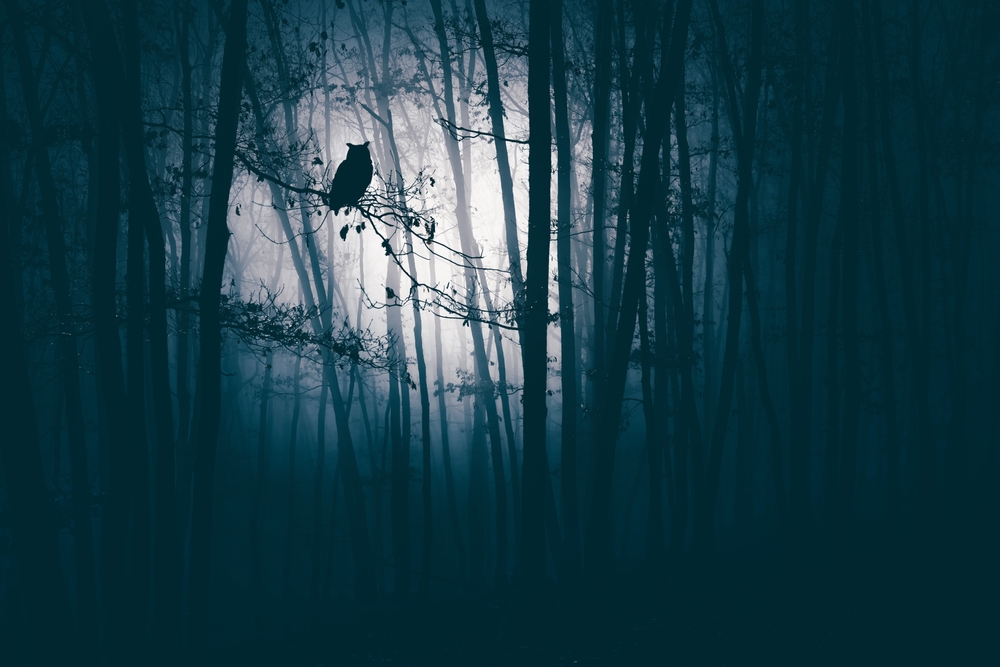
Being caught without a light source in the wilderness at night is a predicament no adventurer wants. Jenna was on a day hike that took longer than expected, and as night fell, she realized she’d left her flashlight back at camp. The moon was hidden behind clouds, leaving her in almost complete darkness. She sat tight, knowing that stumbling around in the dark could lead to injury or getting more lost.
Although the situation was unnerving, Jenna used this time to rest and stay calm. Once the moonlight returned, she was able to slowly make her way back to camp. The experience reinforced the importance of always carrying a flashlight, even on day hikes. Jenna now packs an extra light source and reminds others to do the same, sharing her story as a lesson in careful preparation.
